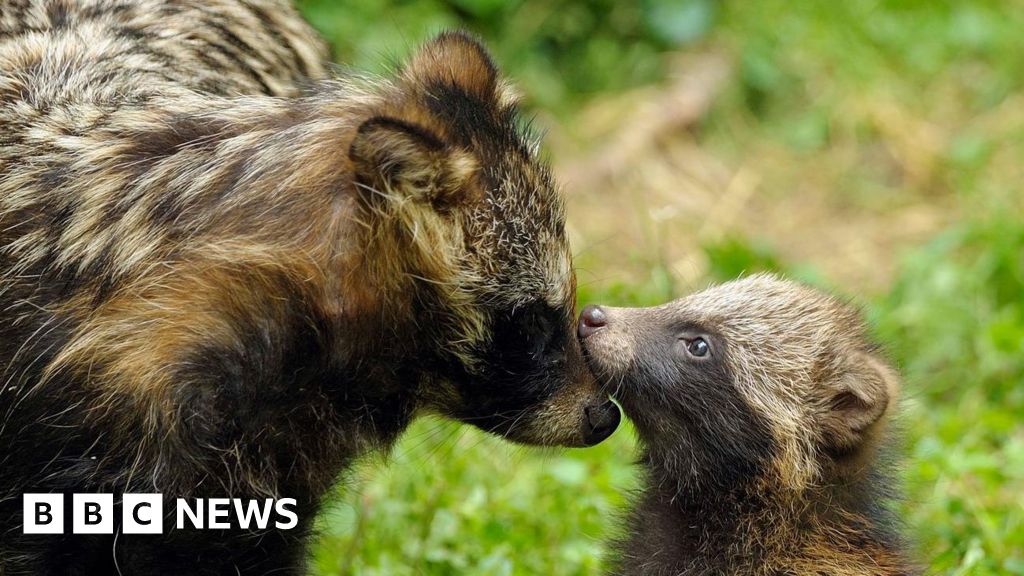- cross-posted to:
- bbc@rss.ponder.cat
- cross-posted to:
- bbc@rss.ponder.cat
A team of scientists say it is “beyond reasonable doubt” the Covid pandemic started with infected animals sold at a market, rather than a laboratory leak.
They were analysing hundreds of samples collected from Wuhan, China, in January 2020.
The results identify a shortlist of animals – including racoon dogs, civets and bamboo rats – as potential sources of the pandemic.
Despite even highlighting one market stall as a hotspot of both animals and coronavirus, the study cannot provide definitive proof.
The samples were collected by Chinese officials in the early stages of Covid and are one of the most scientifically valuable sources of information on the origins of the pandemic.
…
Their analysis was published last year and the raw data made available to other scientists. Now a team in the US and France says they have performed even more advanced genetic analyses to peer deeper into Covid’s early days.



No Bats? Oh maaaaaan
I think they determined that the virus that spread to humans was bats that transferred to something in the market (aka intermediate hosts). That virus would have spread there, while technically the bats could have infected humans.
Wuhan market didn’t sell bats.
Also, the only bats with a (96%) similar covid strain were in caves 1000 miles away.
However, samples from those bats were stored at the wuhan institute of virology.
Very first sentence quoted above. You don’t even have to go to the article:
No amount of evidence or scientific consensus can convince a conspiracy theorist…
And yes, I know:
Therefore lab leak, right?
This Part makes me question things a bit. China is not really known for being honest about things happening in China.
Questioning things is fine. On the other hand, it’s pretty hard to fake the ability to trace DNA to a specific market stall.
On top of that, the person I replied to is not questioning. They’ve already decided it’s definitely a lab leak. See all of their other comments.
Ahhh okay, nvm then
The study itself is quite balanced and honest about data collection. It doesn’t rule out a lab origin like the article claims.